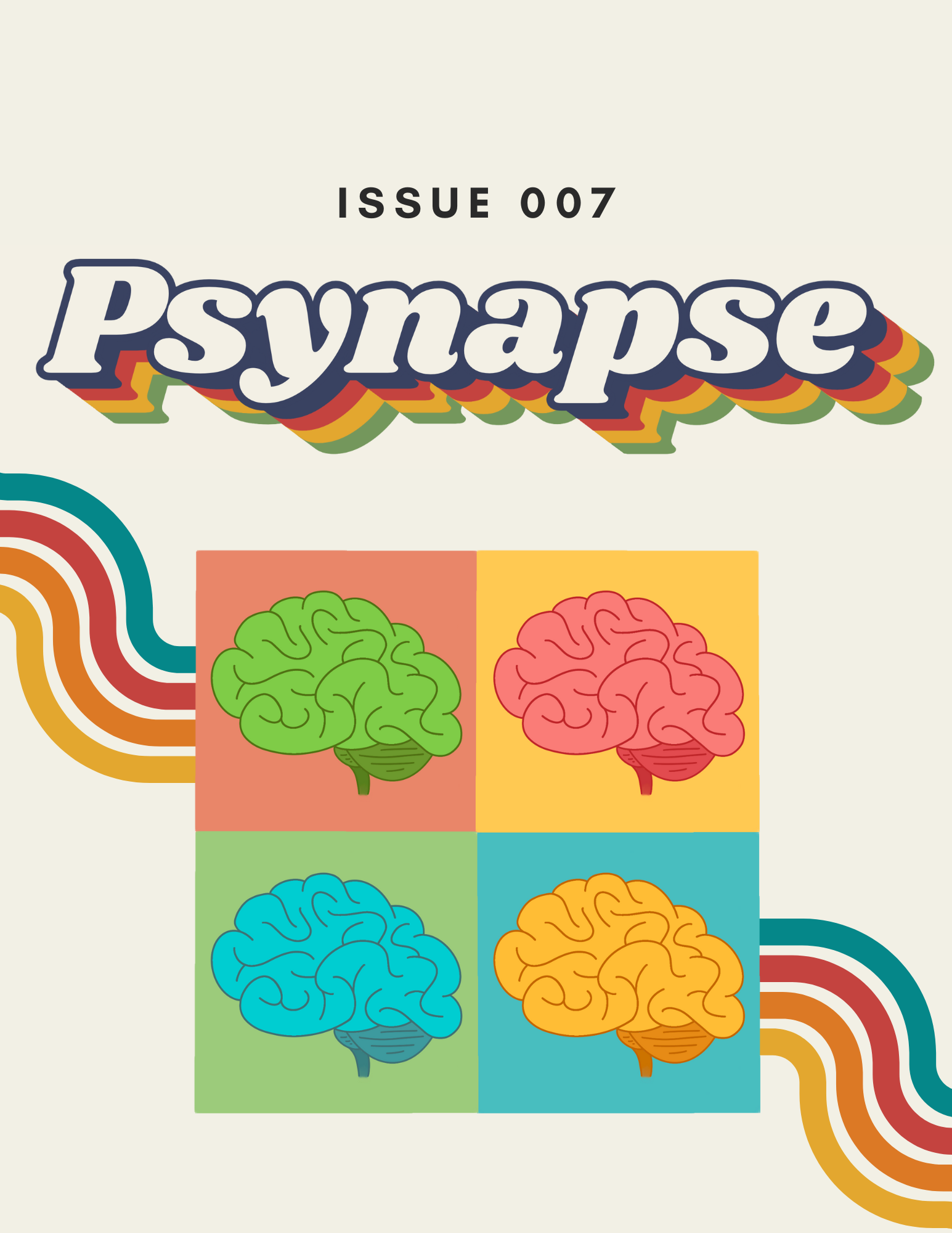Effects of Outdoor Bright Light Exposure, Near Work, Digital Screen Use, and the COVID-19 Pandemic on the Development of Myopia in Children
A Systematic Review
Abstract
Myopia, also known as “nearsightedness”, is a medical condition in which the view of distant object becomes blurry. Myopia is caused by lengthening of the eyeball (increased axial length) or increased curvature of the lens (Turbert, 2022). According to World Health Organization (WHO)’s global estimate in 2015, 312 million people under 19 years old had myopia, making it the most common type of refractive error found in children. The prevalence of myopia in children continues to increase in 2023. This review paper first examined physiological evidence in animal models underlying myopia. The paper then examined how the exposure to outdoor light, time spent on near work, digital screentime, and the COVID-19 pandemic impact the prevalence of myopia in children. We found that exposure to bright ambient outdoor light provides a protective effect against myopia in children; increased near work and digital screen use are associated with development of myopia. On a behavioral level, myopic children tended to spend more time indoor reading or studying at a near distance while spending less time outdoors compared to non-myopic children. This trend has been amplified during the ongoing COVID-19 pandemic, in which home confinement and online school further limited time children spent outdoors while promoted near work and screen use.
Reference:
Turbert, D. (2022). Nearsightedness: What Is Myopia? - American Academy of Ophthalmology. American Academy of Ophthalmology. https://www.aao.org/eye-health/diseases/myopia-nearsightedness


